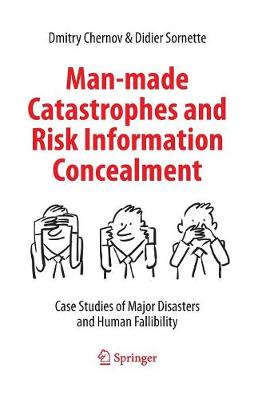This book discusses the risks of information concealment in the context of major natural or industrial disasters - offering detailed descriptions and analyses of some 25 historical cases (Three Mile Island nuclear accident, Bhopal disaster, Challenger Space Shuttle explosion, Chernobyl nuclear disaster, Deepwater Horizon oil spill, Fukushima-Daiichi nuclear disaster, Enron's bankruptcy, Subprime mortgage crisis, Worldwide Spanish flu and SARS outbreaks, etc.) and applying these insights to selected on-going cases where such information concealment is suspected. Some successful examples of preventive anti-concealment practice are also presented.
In the book, the term 'concealment' is used to represent the two distinct behaviors uncovered in the investigations: (i) facts and information about an organization and its functioning being hidden from those that need them - here the concealment can be due to various factors, such as complexity and miscommunication, to name but two - and (ii) the conscious and deliberate action of keeping important information secret or misrepresenting it. This second meaning makes up a surprisingly important part of the evidence presented.
Accordingly, emphasis has been put on this second aspect and the approach is more pragmatic than academic, remaining focused on evidence-based practical and useful factors. It raises awareness and provides valuable lessons for decision- makers, risk specialists and responsible citizens alike. This work is also intended as a fact-based reference work for future academic and scholarly investigations on the roots of the problem, in particular regarding any psychological or sociological modeling of human fallibility.
- ISBN13 9783319370989
- Publish Date 23 August 2016 (first published 5 November 2015)
- Publish Status Active
- Publish Country CH
- Imprint Springer International Publishing AG
- Edition Softcover reprint of the original 1st ed. 2016
- Format Paperback
- Pages 342
- Language English
